What Are Parasitic Wasps & How Can They Help Your Lawn?
The name ‘Parasitic Wasps’ is unnecessarily terrifying, because the truth is that the presence of these bugs around your home might be both an indicator of an outbreak of ...

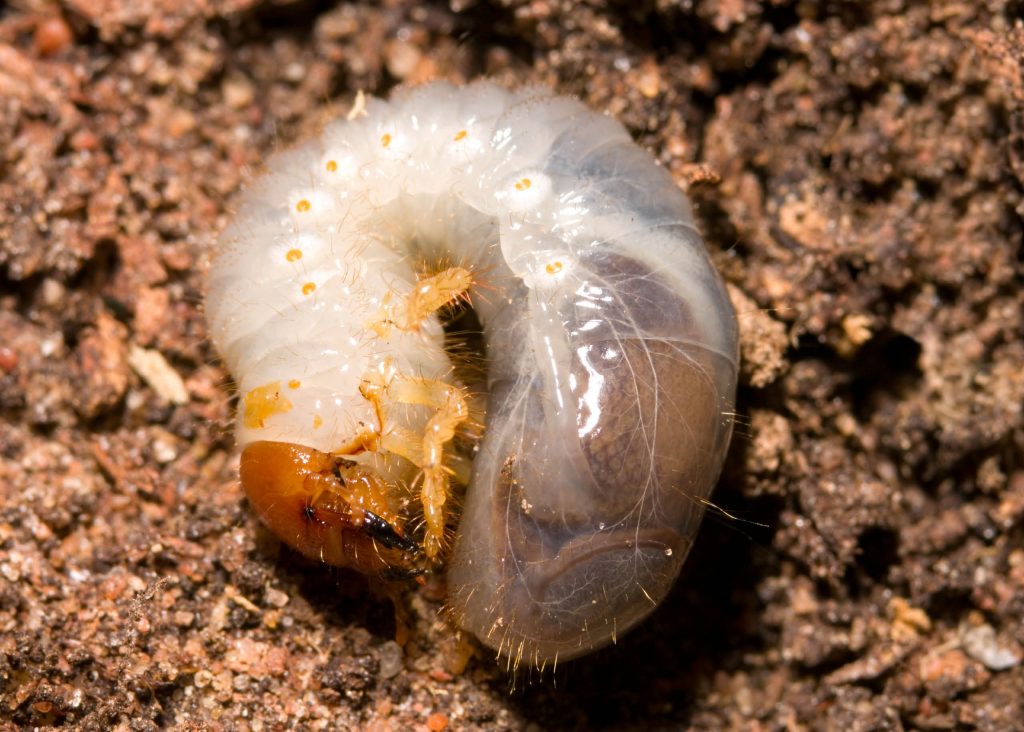 There are numerous pest insects that attack lawns, causing physical damage from feeding on grass blades or roots, and spreading diseases that can affect the health and appearance of your lawn.
There are numerous pest insects that attack lawns, causing physical damage from feeding on grass blades or roots, and spreading diseases that can affect the health and appearance of your lawn.
Among the most common are Lawn Grubs, which is the collective name given to the larvae of a number of insects.
They’re more likely to strike in spring and summer when your lawn is growing quickly and at its healthiest – making it especially tasty to insects!
Lawn Grubs live underground, where they eat the roots and leaves mostly in the evening and at night. This can make it difficult to tell your lawn is in danger before they’ve caused substantial damage.
The best way to treat infestations is with an insecticide that will kill, control or repel pest insects.
They can be made from natural or synthetic agents and act on eggs, larvae or adult insects that can damage your lawn or garden plants, flowers and fruit.
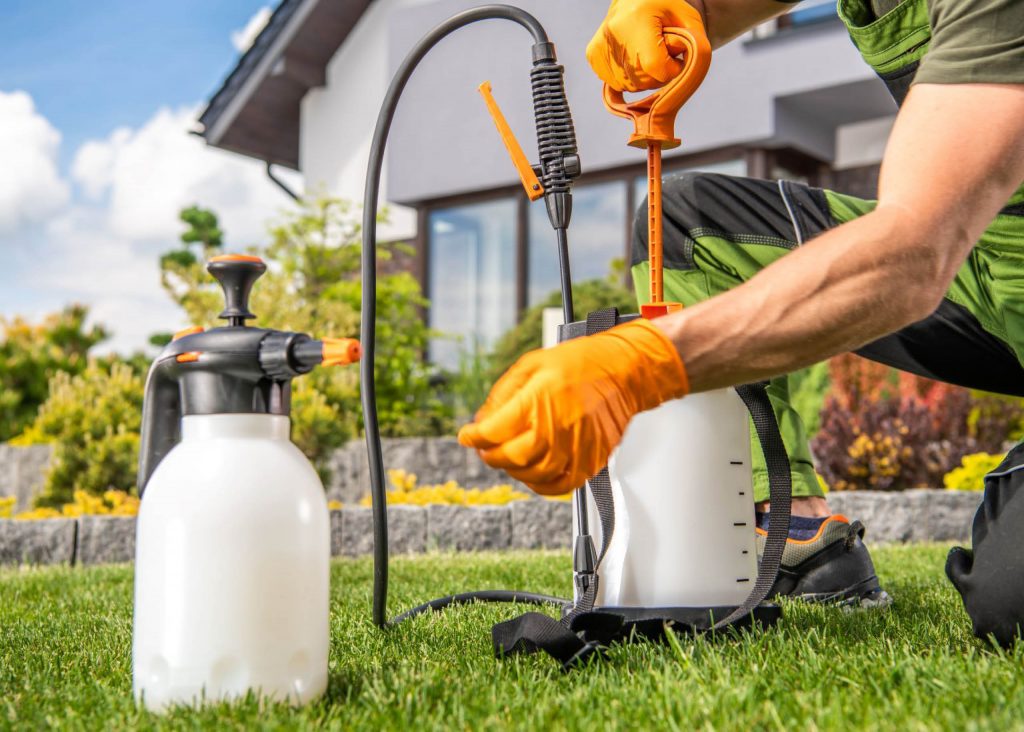 Pest insect control can often be an ongoing process, depending on where you live, what grass is in your lawn, how healthy it is, and which insects are responsible.
Pest insect control can often be an ongoing process, depending on where you live, what grass is in your lawn, how healthy it is, and which insects are responsible.
Winter: Many insects will lie dormant over winter, taking refuge in the soil, garden beds, shrubs and trees. They can be tackled with a preventative spray in early spring before temperatures start to and new green shoots begin to grow. This will help control aphids, mites, caterpillars and insect eggs laid in late autumn or early winter and stop them from attacking new growth.
Spring: A preventative spray during early spring should protect your lawn until summer pests such as beetles and cut worms begin to emerge. Keeping your lawn weed-free in spring will also help keep insect populations low.
Early summer: We love to spend time in our yards in summer and so do many pests. Check frequently for the presence of insects and signs of damage. As well as beetles and Lawn Grubs, look out for aphids, leaf hoppers and mites. Remove dead vegetation and weeds to avoid attracting insects that feed on decomposing plants.
Summer: Remove any containers that can hold stagnant water which is a favourite breeding ground for mosquitoes. Mozzies also congregate in patches of weed and piles of loose garbage.
There are three main types of insecticide: liquid, granular and sprays.
Each has its pros and cons.
Liquid – Emulsifiable concentrates are easy to use and measure and will not block screens or nozzles. Flowables contain finely ground particles in a liquid carrier. Both are hazardous if spilled and should always be handled with care.
Granular – Dry ready-to-use materials that are less likely to drift. They can be more expensive but are the easiest and cheapest to apply using an inexpensive hand spreader.
Spray – A premixed solution packed into an aerosol can that delivers the contents as a spray or mist. Not suitable for treating large areas.
Ground-dwelling grubs and beetles feed on the leaves and roots, which can weaken your lawn and result in it developing a sponge-like texture. In severe cases, you’ll be able to lift or roll the lawn like a rug because the roots can’t hold on to the soil.
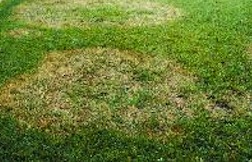 Brown patches can develop from this damage and persist through winter when the lawn is slower to grow and recover.
Brown patches can develop from this damage and persist through winter when the lawn is slower to grow and recover.
Increased moth and beetle activity is a sign that they’re laying eggs for the next generation of larvae that will cause feeding damage to your lawn for several weeks before transforming into an adult moth or beetle.
Increased bird activity, especially at dusk and dawn, can indicate the presence of Lawn Grubs which many bird species love to eat.
There are two easy ways to confirm there’s a problem and check which insects are responsible.
You can lay a wet towel, hessian sack or a carpet offcut on a suspicious section of lawn overnight. Lift it in the morning and see which, if any, larvae are lurking under it.
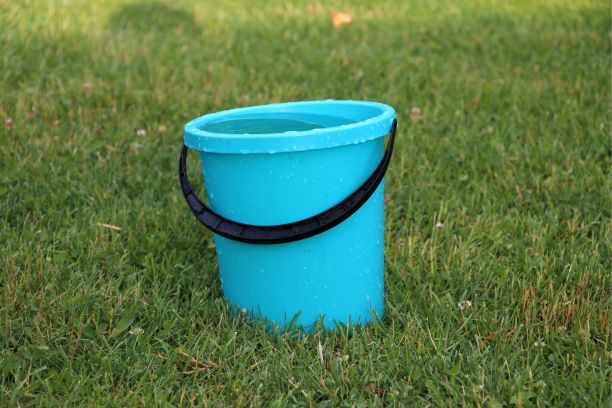 Another method is to mix a bucket of soapy water and pour it over an affected area at dusk or dawn. Grubs are most likely to be active at this time of day and if there’s any present, they will come to the surface in the next 10-20 minutes.
Another method is to mix a bucket of soapy water and pour it over an affected area at dusk or dawn. Grubs are most likely to be active at this time of day and if there’s any present, they will come to the surface in the next 10-20 minutes.
Always read the product label and follow its instructions for application and safety precautions.
Some insecticides are less toxic than others, but you should always wear gloves, eye protection, boots and avoid skin contact when applying any chemicals to your lawn or garden.
Keep children and pets off your lawn for at least 24 hours after application.
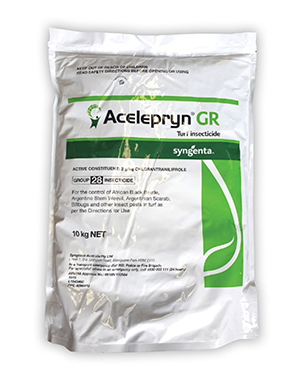
Syngenta Acelepryn GR 10kg provides granular control of seasonal Lawn Grubs and Caterpillars in a single application.
SHOP NOW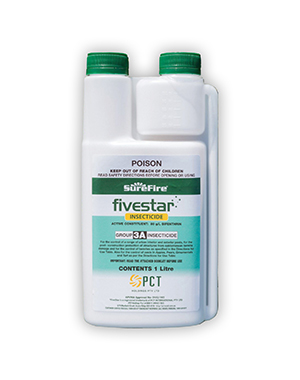
PCT Fivestar 1L liquid has a low odour and offers superior control of insect pests.
SHOP NOW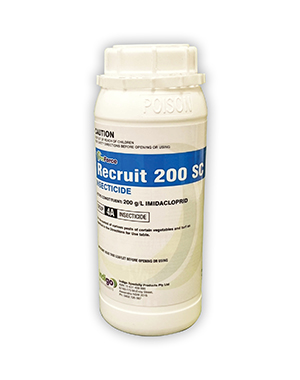
Indigo ProForce Recruit 200SC 1L is a broad-spectrum selective Insecticide that delivers superior results against a variety of beetles.
SHOP NOWThe myhomeTURF shop has a range of insecticides suitable for use in Buffalo, Couch, Zoysia and Kikuyu lawns. You can browse them here.